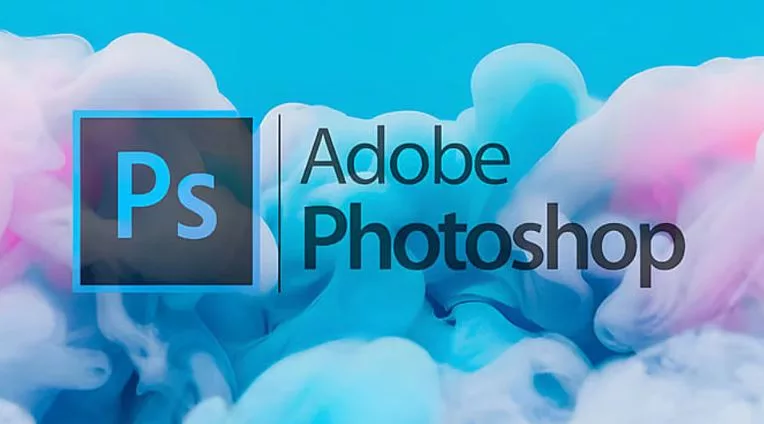1
Want to know how to Install Plugins in Adobe Photoshop? One of the best methods to improve editing is with plugins. These plugins can add additional features and tools to Photoshop, improving workflow and creativity. Photoshop enthusiasts realise how important the appropriate tools are. Plugins enable graphic designers, photographers, and digital artists achieve professional results easily. There are plugins for every requirement and style, from advanced retouching to specialised filters and effects.
This article explores Photoshop plugins and how they can transform your editing experience. We’ll discuss plugin benefits, types, and effects on your work. You may unleash your creativity and explore new boundaries by learning plugin installation. So why delay? Let’s explore Photoshop plugins and how they can improve your art. Plugins unlock Photoshop’s full potential for beginners and experts alike. Get ready to edit and be creative like never before! Here are the steps how to Install Plugins in Adobe Photoshop.
How to Install Plugins in Adobe Photoshop
Using the Creative Cloud desktop app (recommended)
- Open the Creative Cloud desktop app.
- Click on “Stock & Marketplace” tab.
- Browse “Plugins” section or search for a specific plugin.
- Click “Get” next to the plugin you want to install.
Manually installing downloaded plugins
- Find a reputable source for Photoshop plugins. Be cautious when downloading from untrusted websites.
- Download the plugin and unzip the folder.
- Locate the Photoshop Plugins folder on your computer:
- Windows: C:Program FilesAdobeAdobe Photoshop
Plug-ins (Replace “ ” with your Photoshop version) - Mac: ~/Applications/Adobe Photoshop
/Plugins (Replace “ ” with your Photoshop version)
- Windows: C:Program FilesAdobeAdobe Photoshop
- Copy the plugin folder you downloaded and paste it into the Photoshop Plugins folder.
Importance of Plugins in Adobe Photoshop
- Enhanced functionality: Photoshop plugins add tools and functionality not present in the core product. Advanced filters, special effects, and automation technologies improve productivity and creativity.
- Specialised Tools: Many plugins specialise in retouching, 3D modelling, colour correction, and picture optimisation. These specialised tools can boost productivity and quality, especially in professional tasks.
- Plugins save time by automating: repetitive operations and making advanced editing approaches accessible. This lets you concentrate on creativity rather than boring tasks.
- Customisation: Photoshop plugins let you tailor it to your needs. By adding brushes, textures, or editing tools, plugins let you customise the software to your workflow.
- Compatibility: Third-party plugins can support new file formats, technologies, and industry standards that Photoshop may not support.
- Innovation: Photoshop users get new features and approaches from the plugin ecosystem, which is continually updated. This gives you the latest picture editing and design tools.
Understanding Different Types of Photoshop Plugins
- Filter plugins: Give photographs different effects and tweaks. They range from blurring and sharpening to oil painting and watercolour representations.
- Brush plugins add Photoshop brush presets and painting tools: They contain bespoke brushes for digital painting, texture brushes for realistic textures, and specialty brushes for hair and foliage.
- Automation plugins: streamline workflow by automating repetitive operations. They can save you time by creating batch processes, templates, or predefined tasks.
- Extension plugins add tools and capabilities to Photoshop: Advanced editing panels, third-party service integration, and interactive interfaces for specialised tasks are possible.
- Utility plugins: enhance editing with tools and features. Colour management, file format converters, and layer and asset management tools are examples.
- Photoshop 3D plugins: let you work with 3D objects and scenes. The app lets you model, texture, light, and render 3D content.
- Export plugins: let you export projects in numerous formats and resolutions. They can optimise web photos, create print-ready files, or export to social media or digital publishing formats.
Exploring Advanced Plugin Functionality and Customization Options
| Plugin Functionality | Description |
|---|---|
| Custom Filters | Allows you to create and apply unique filters to your images, enhancing creativity and style. You can adjust parameters like intensity, color balance, and effects. |
| Smart Objects | Provides non-destructive editing capabilities by converting layers into Smart Objects. This allows for scaling, transformation, and editing without losing original image quality. |
| 3D Modeling | Integrates 3D modeling tools for creating and manipulating 3D objects within Photoshop. This is useful for advanced design projects and visual effects. |
| Custom Brushes | Allows you to create custom brushes with unique shapes, textures, and dynamics. This adds versatility to your brush tools and expands creative possibilities. |
| Advanced Masking | Provides advanced masking techniques like luminosity masking, channel masking, and vector masking. This allows for precise selection and blending of elements in your images. |
| Plugin Integration | Integrates third-party plugins for specialized functionality such as retouching, HDR processing, and color grading. This extends Photoshop’s capabilities beyond its native features. |
Conclusion
How to install Photoshop plugins might improve your editing experience. By using plugins, you may customise your workflow, add functionality, and access bespoke tools. Whether you’re a professional designer wanting to expedite your process or a hobbyist exploring creative ideas, plugins can increase Photoshop’s capabilities. You may smoothly incorporate plugins into Photoshop by following the right steps, making your work more productive and creative. Remember that the method may vary based on the plugin and Photoshop version, so consult trusted sources and tutorials for exact instructions.
Questions and Answers
Why is my plugin not showing in Photoshop?
A plug-in may malfunction for these reasons: Your Photoshop version does not support the plug-in. Incomplete or improper plug-in installation. Multi-version plug-ins are installed.
Does Photoshop support plugins?
Adobe Add-ons offers hundreds of plug-ins and extensions from Adobe and third-parties. The site offers free and paid Photoshop add-ons for creating unusual image effects, improving productivity, and other useful tools.
Where is plugin install?
You visit the plugin’s developer’s website and click a link to download the installer to install it. The installer can be saved to the Desktop or a folder you created to organise your downloads.
You Might Be Interested In










Leave a Reply